Home>Ideas and Tips>DIY Guide To Installing A Bathroom Shower Panel System
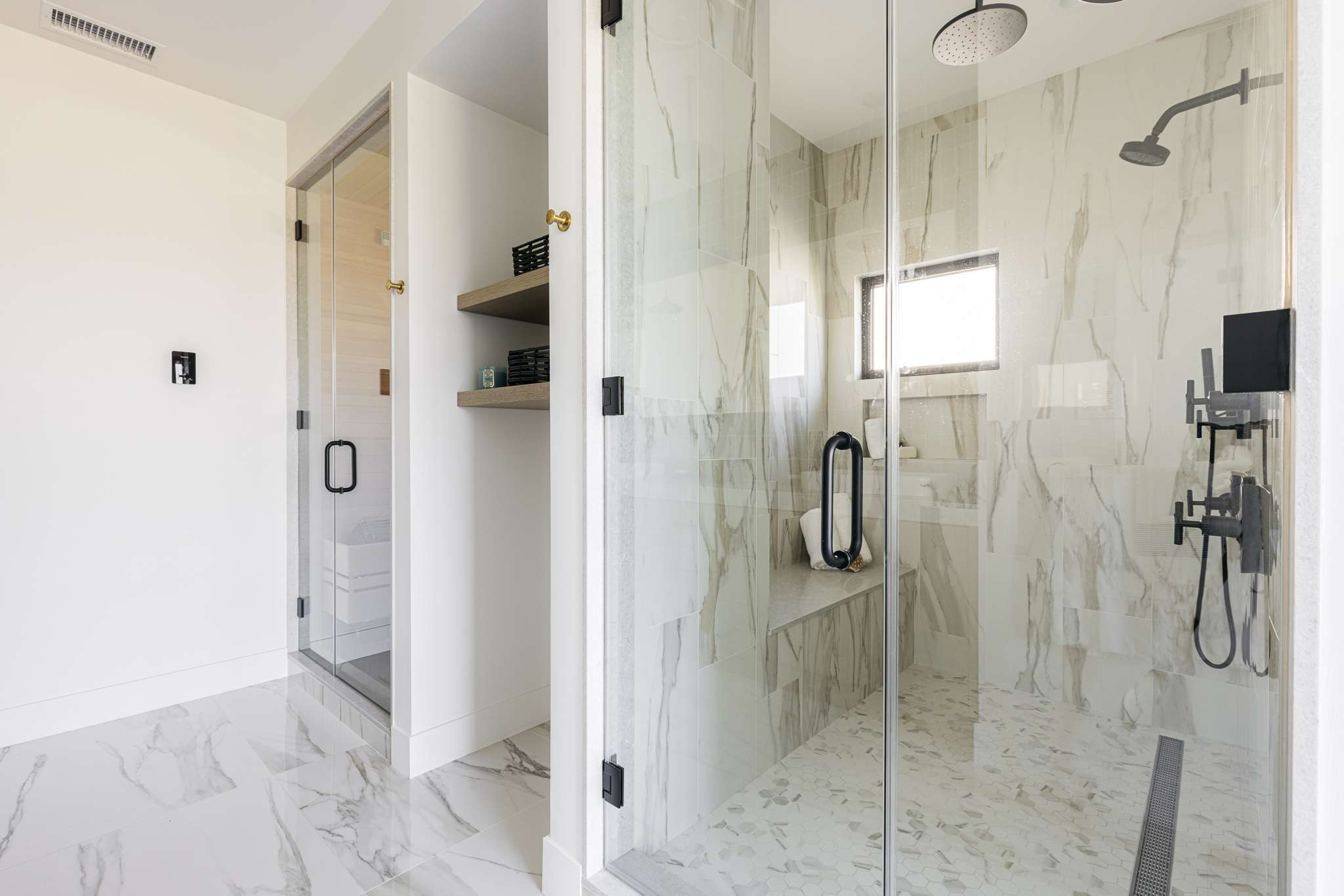

Ideas and Tips
DIY Guide To Installing A Bathroom Shower Panel System
Modified: August 30, 2024
Learn how to install a bathroom shower panel system with our step-by-step DIY guide. Achieve a sleek, modern look in your bathroom effortlessly.
(Many of the links in this article redirect to a specific reviewed product. Your purchase of these products through affiliate links helps to generate commission for Storables.com, at no extra cost. Learn more)
Installing a bathroom shower panel system can be a straightforward DIY project if you follow the right steps and have the necessary tools. This guide will walk you through the process of choosing the right shower panel, preparing your tools and supplies, and step-by-step instructions for installation.
Choosing the Right Shower Panel
Before you start your project, it's essential to choose the right shower panel for your bathroom. Here are some factors to consider:
-
Style and Design: Shower panels come in various styles and designs to match different bathroom aesthetics. Consider the color, material, and overall look you want to achieve in your bathroom.
-
Functionality: Think about the features you need. Some shower panels come with multiple heads, body jets, and digital temperature displays. Others may have thermostatic anti-scalding devices for safety.
-
Size and Fit: Measure your shower area to ensure the panel fits perfectly. You can choose from single-head or multi-head systems depending on your needs.
-
Brand and Quality: Research different brands and read reviews to find a reputable brand that offers high-quality products.
Read more: DIY Guide To Installing A Tile Shower
Preparing Your Tools and Supplies
Installing a shower panel requires some basic tools and supplies. Here’s what you’ll need:
-
Electric Drill: This is necessary for drilling holes in the wall for mounting hardware.
-
Mounting Hardware: The mounting hardware should come with the shower panel kit. However, you may need additional fasteners for specialty surfaces like natural stone.
-
Level: Use this to ensure your shower panel is straight before and after securing it to the wall.
-
Adjustable Wrench: This is useful for tightening connections and adjusting the shower arm.
-
Waterproof Silicone Sealant: This is crucial for creating a watertight seal around the edges of the shower panel.
-
Microfiber Cleaning Cloths: These help in cleaning up excess silicone sealant and protecting the finish of the shower arm.
Step-by-Step Installation Guide
Step 1: Prepare the Work Area
Before you begin installing the shower panel, make sure the work area is dry and free from any debris or water. Cover the floor with a drop cloth to protect it from any spills or messes during installation.
Step 2: Mark the Installation Position
Hold the shower panel in place against the wall and mark the installation position with a pencil. Double-check that your marks are in the ideal place, taking into account any plumbing fixtures or existing hardware.
Step 3: Drill Screw Holes
Using an electric drill, drill holes for the mounting hardware at the marked positions. Make sure you use the correct bit for the wall material to avoid damaging it.
Step 4: Attach Mounting Bracket
Attach the mounting bracket to the wall using the correct hardware provided with your shower panel kit. Ensure that it is level and secure.
Step 5: Connect Hand Shower Hose
If your shower panel comes with a hand shower hose, connect it to the outlet on the shower panel. Tighten the nuts on both sides to secure the connection.
Step 6: Connect Shower Arm
If your setup includes a shower arm, connect it to the shower panel. Most shower panels have a shower arm that can be tightened in place using your hand. Finish tightening with an adjustable wrench and a microfiber cloth to protect the finish of the shower arm.
Step 7: Connect Water Tubes
Connect the water tubes of the shower panel to the main water supply. Turn on the water to make sure there are no leaks in the connections.
Step 8: Attach Shower Panel
Attach your shower panel to the wall using the mounting hardware. Use your level to ensure it is hung properly.
Step 9: Test Hot and Cold Water Supplies
Check to make sure the hot and cold water supplies are working correctly before securing the shower panel in place.
Step 10: Apply Silicone Sealant
Use waterproof silicone sealant around the top and sides of the shower panel. Avoid sealing the bottom of the panel as this opening allows water to escape if it gets inside. Wipe away excess silicone sealant with a damp microfiber cloth.
Read more: DIY Guide To Installing A Subway Tile Shower
Additional Tips and Considerations
Using Clad Seal Strip
Some shower panels come with a clad seal strip that ensures a watertight seal around the bath or shower tray. This strip should be installed first, ensuring no silicon is exposed on top of the shower tray. The clad seal strip should be cut to size using a fine-tooth hand saw and miter block for a flush finish.
Installing End Caps
End caps should be attached to the clad seal strip to prevent any exposed silicon. These caps should be pushed into place after applying a line of silicon on the underside of the strip.
Installing Wall Panels
Once the clad seal strip is in place, you can install the wall panels. Run a bead of silicon into the groove of the first panel before slotting in the next one to make it watertight. If any silicon seeps out of the face of the panel, remove it immediately with a damp cloth.
Read more: DIY Guide To Installing A Glass Shower Door
Installing Finishing Trims
After installing all panels, you can install finishing trims like quadrant trim. Measure the area where the trim will meet in the corner and cut it using a miter block to ensure a correct angle. Test fit the trim to ensure it fits properly and then apply a bead of silicon to the underside before pushing it into place.
Common Challenges and Solutions
Plumbing Issues
One common challenge during installation is plumbing issues. Make sure all connections are secure and there are no leaks before proceeding with the installation. If you encounter any problems, it’s advisable to seek help from a professional plumber.
Wall Damage
Another potential issue is damaging the wall during drilling or installation. Use the correct drill bit and follow safety guidelines to avoid damaging the wall.
Excess Silicone Sealant
Excess silicone sealant can be messy and difficult to clean up. Use a damp microfiber cloth to wipe away any excess sealant immediately after application.
Conclusion
Installing a bathroom shower panel system is a relatively easy DIY project if you follow these steps carefully. With the right tools and supplies, you can achieve a sleek and contemporary look in your bathroom without breaking the bank. Remember to take your time and ensure all connections are secure to avoid any future problems. If you're not comfortable with plumbing or feel uncertain about any part of the process, it's always best to seek help from a professional plumber.
By following this guide, you'll be able to enjoy a spa-like experience in the comfort of your own home, making your bathroom upgrade a spectacular one that you'll look forward to showing off to friends and family.
Was this page helpful?
At Storables.com, we guarantee accurate and reliable information. Our content, validated by Expert Board Contributors, is crafted following stringent Editorial Policies. We're committed to providing you with well-researched, expert-backed insights for all your informational needs.
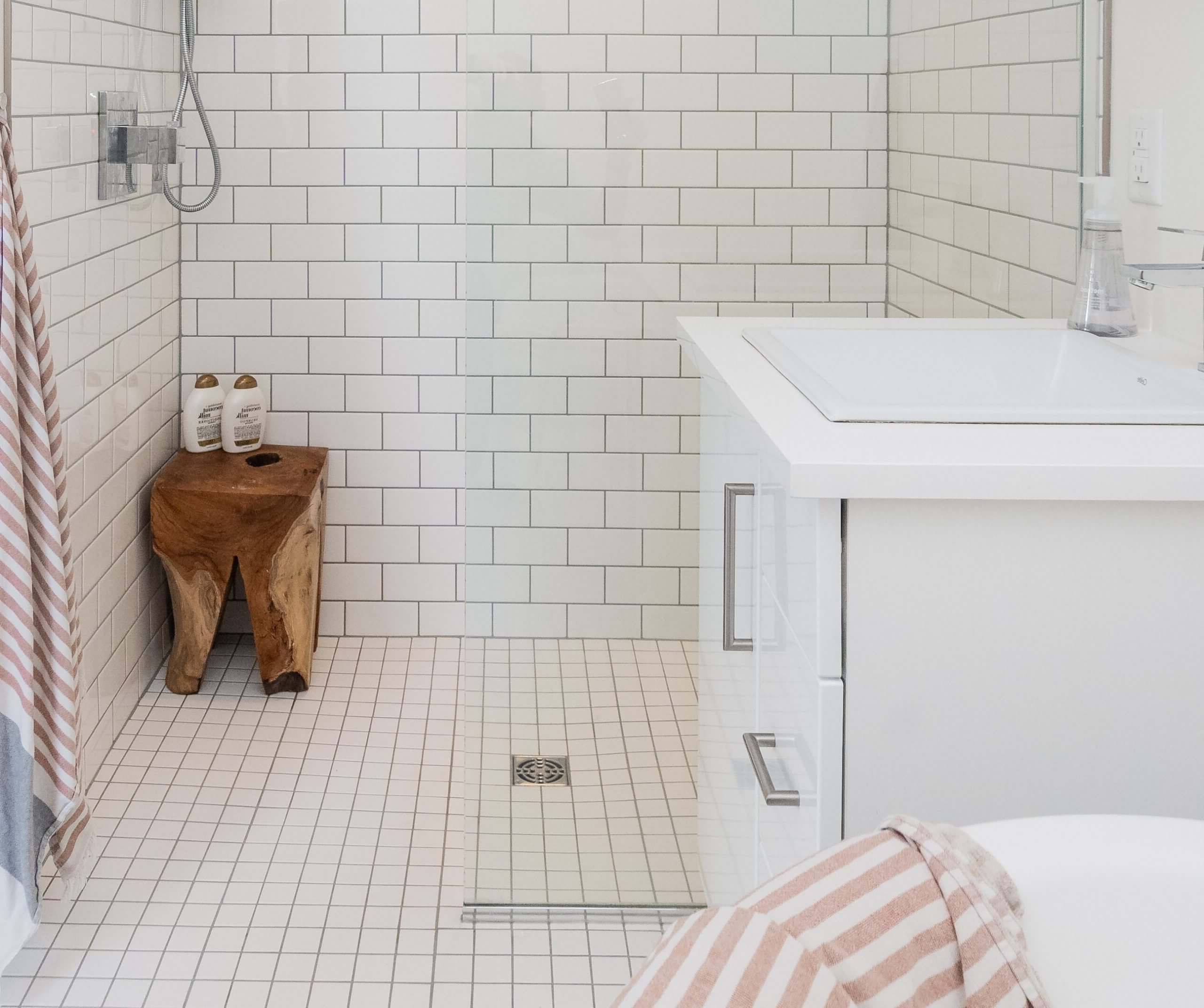
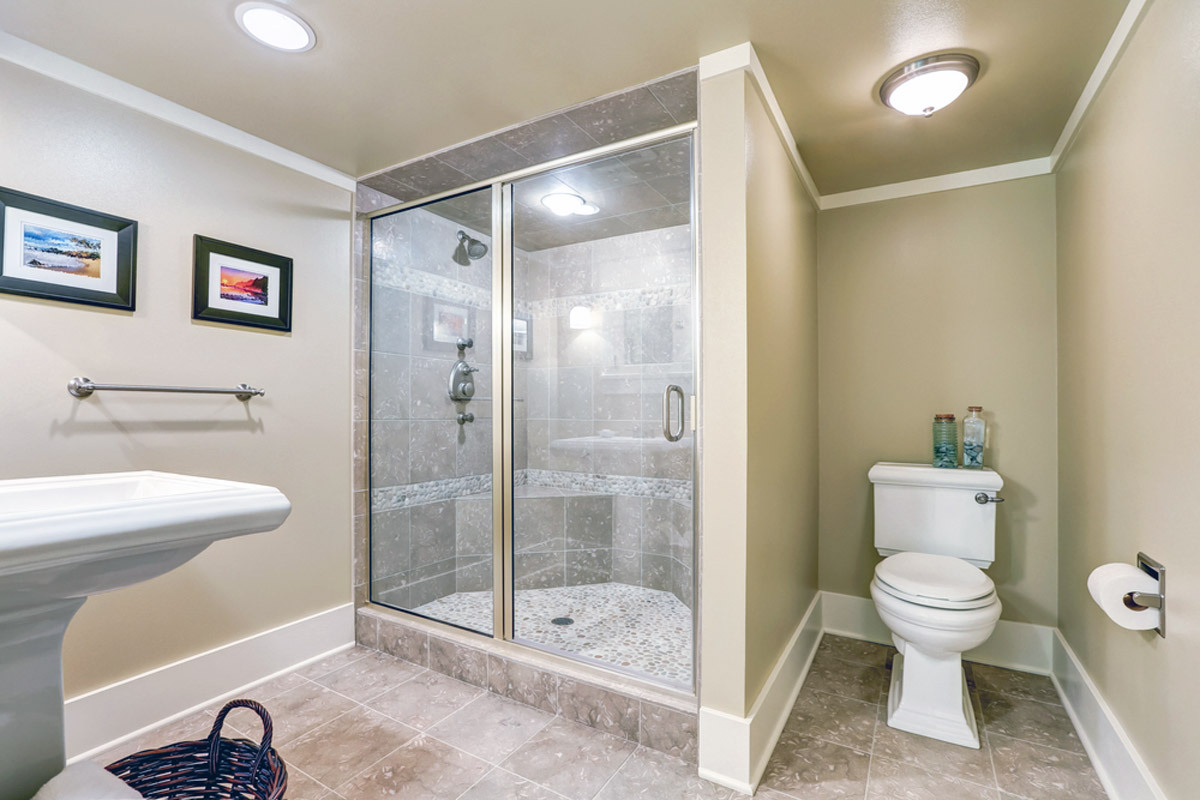
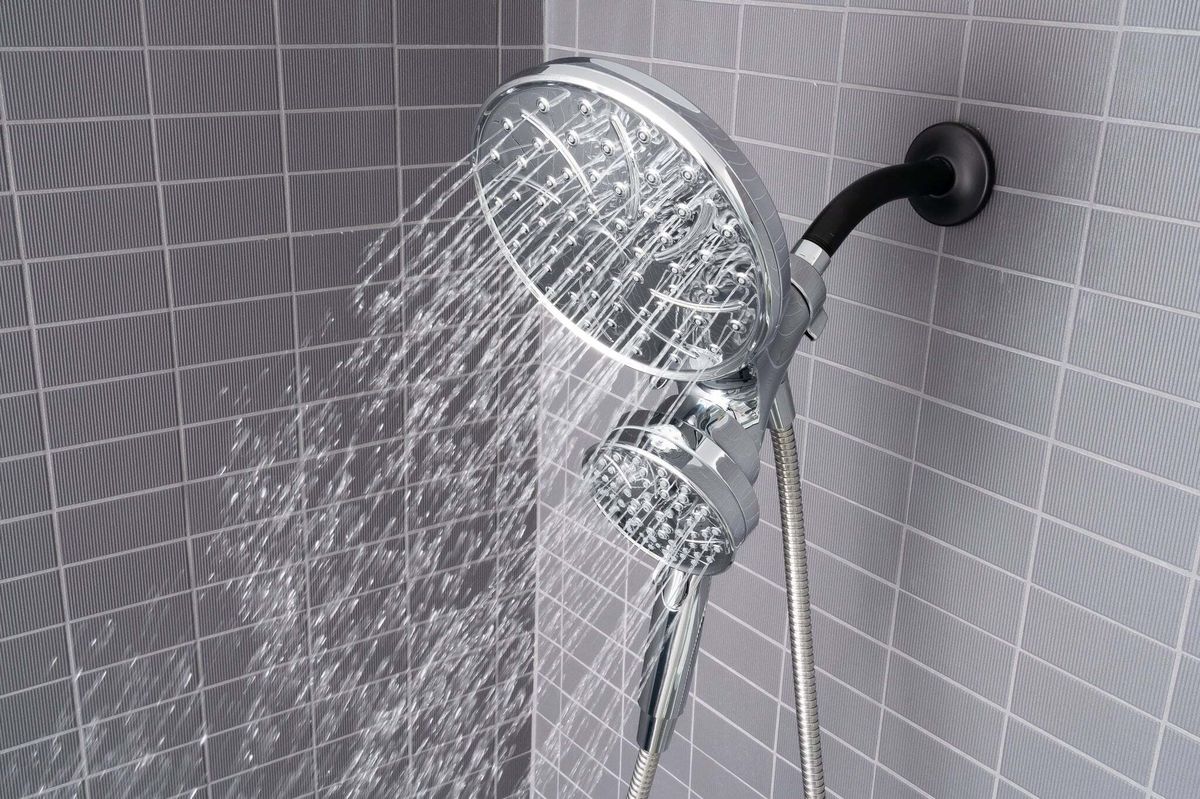
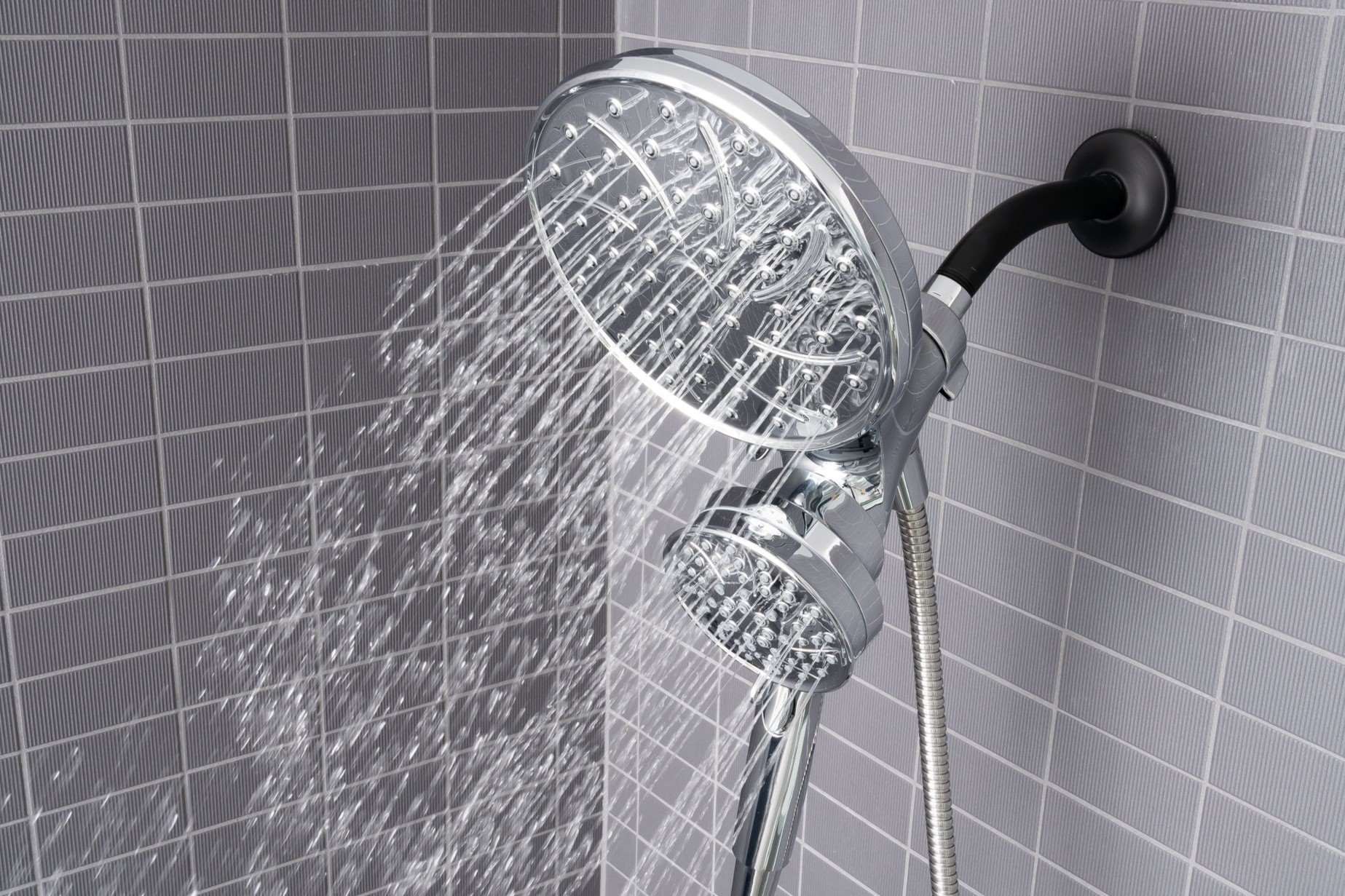
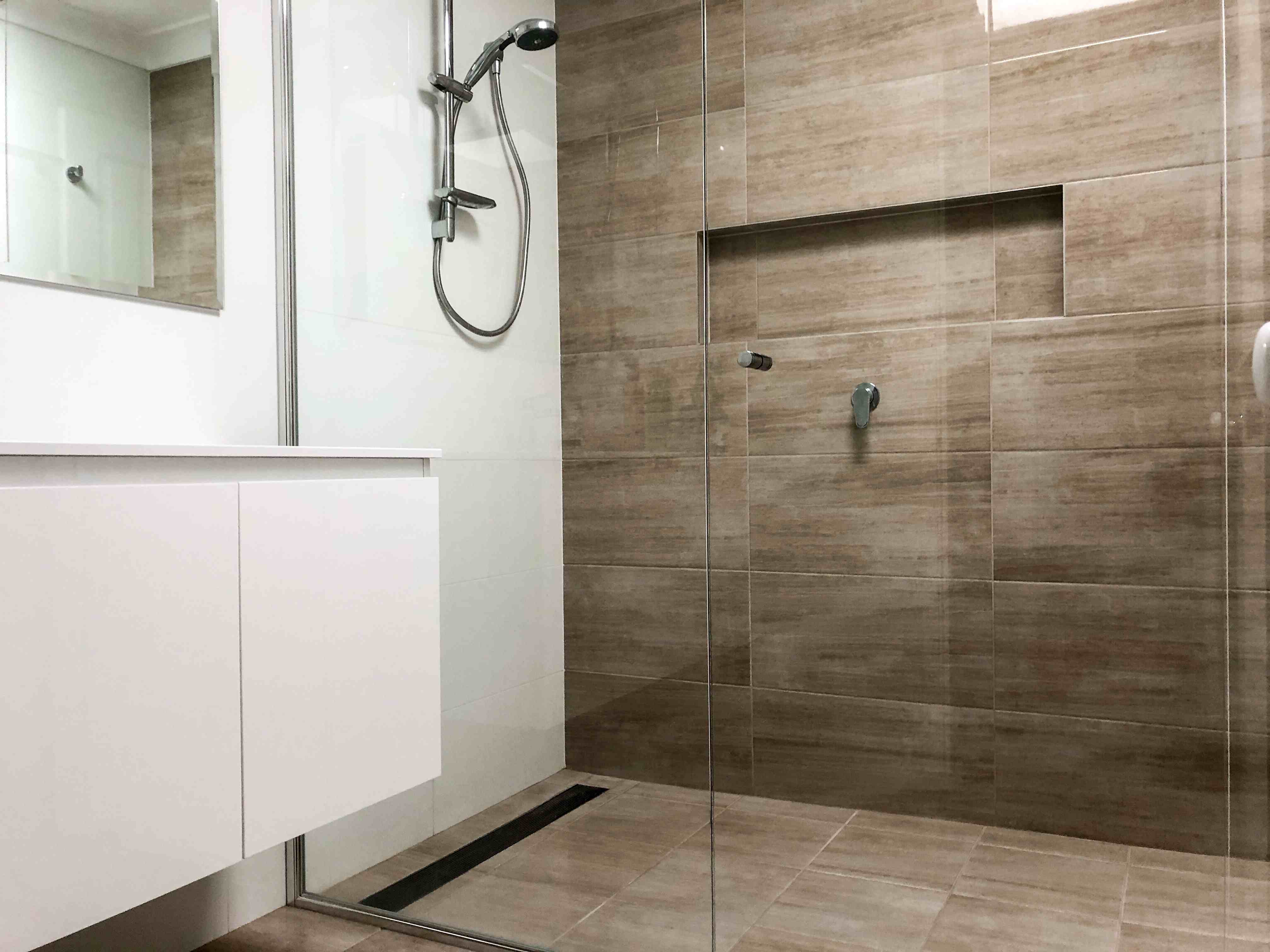
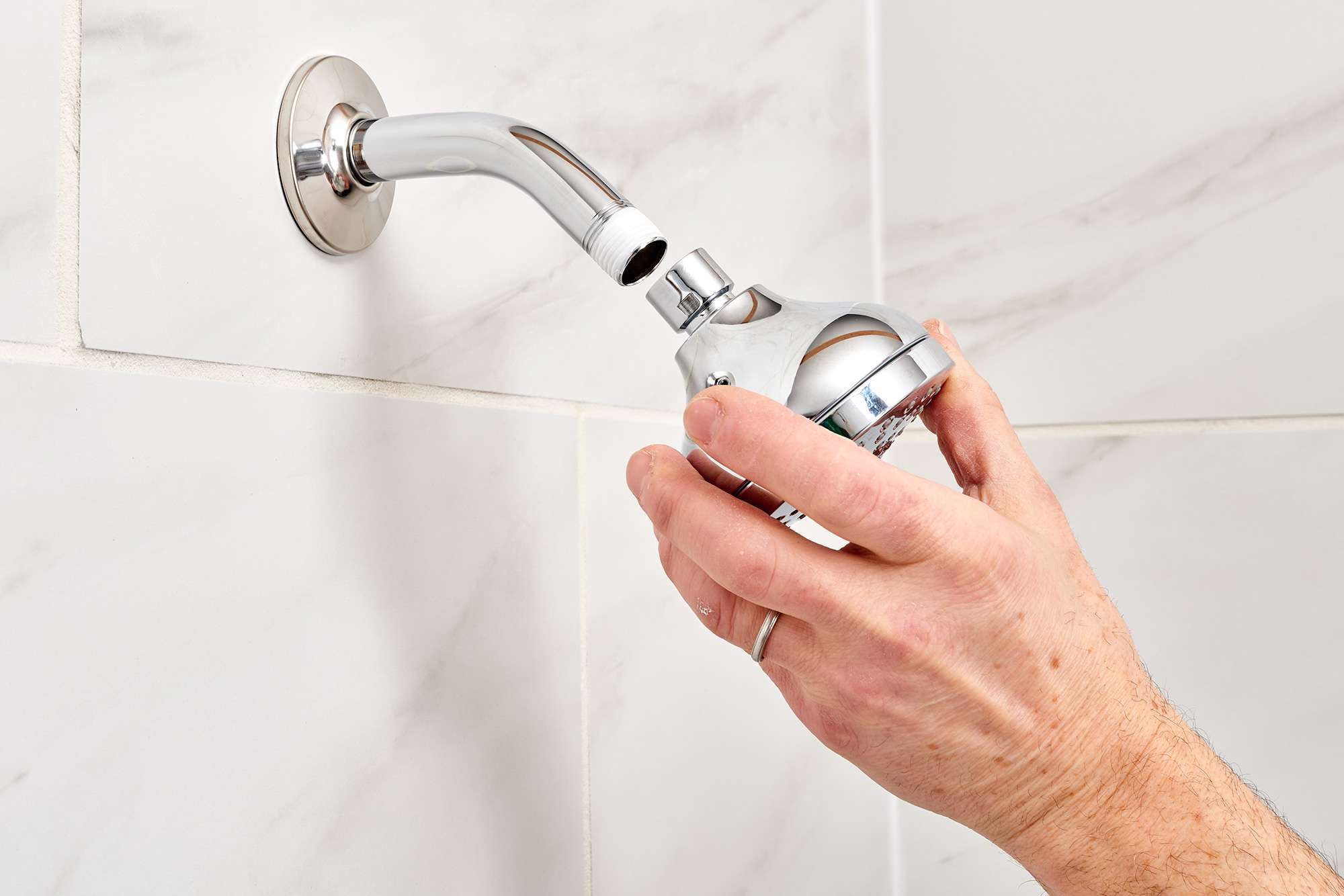
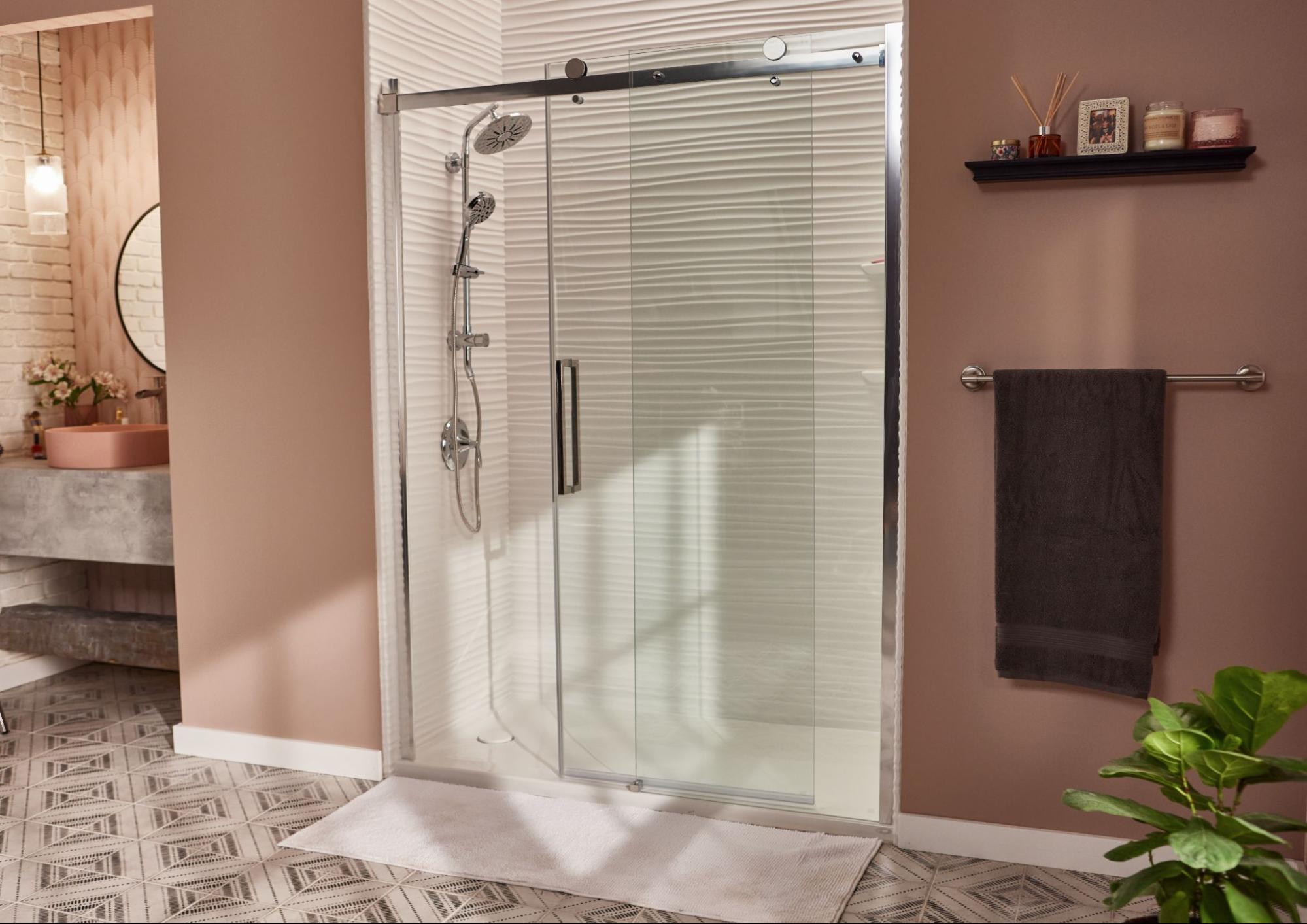
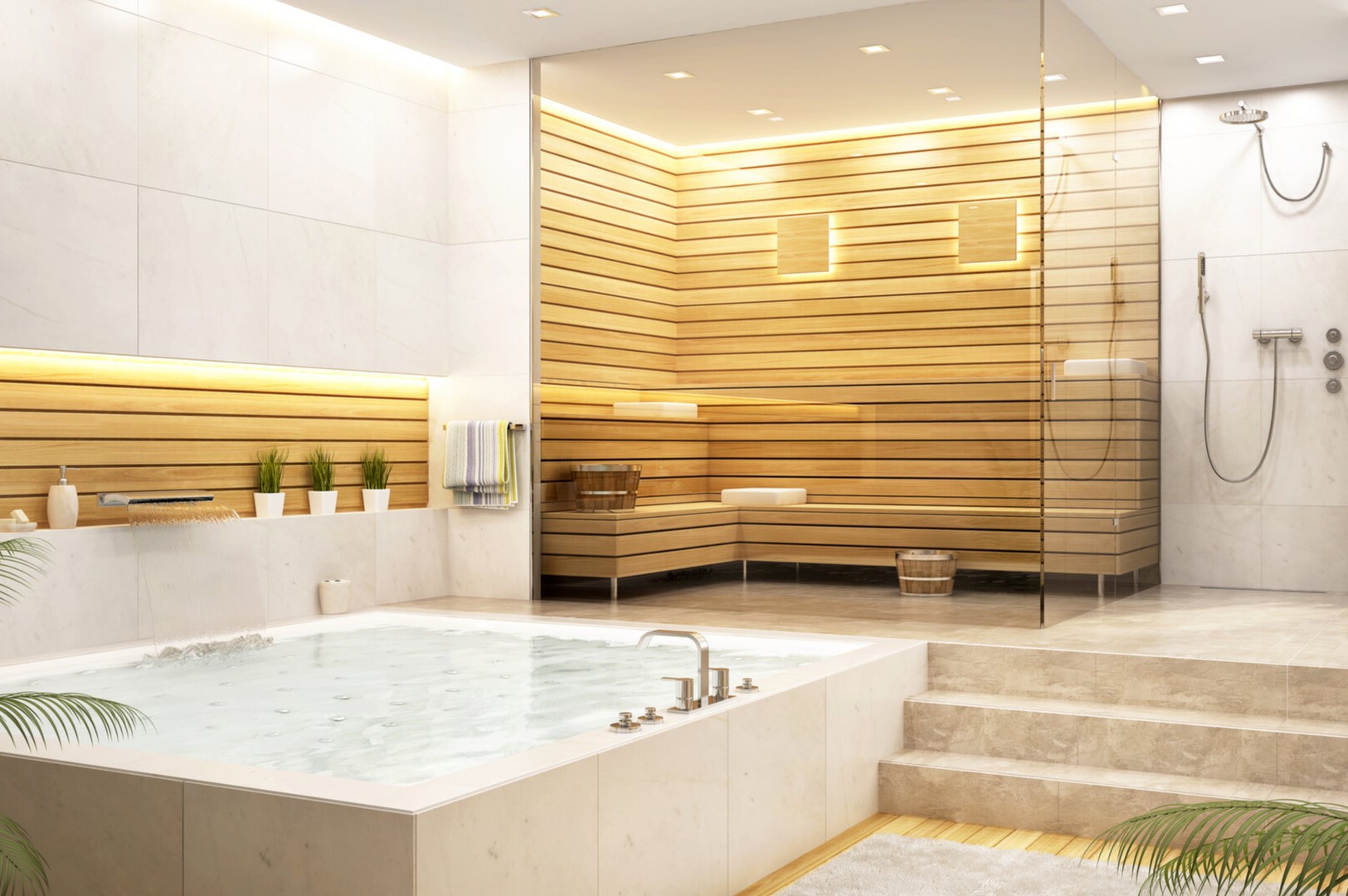
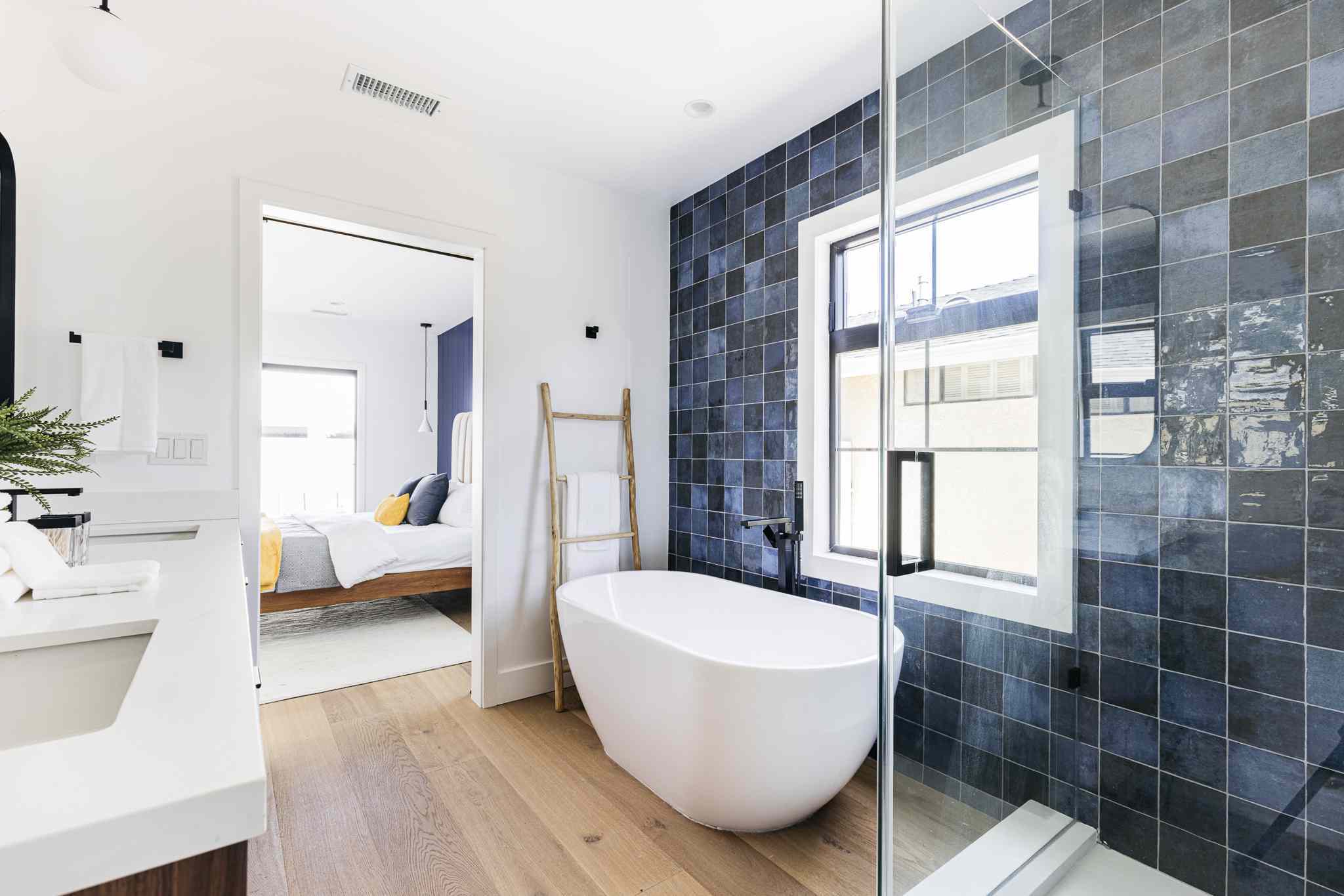
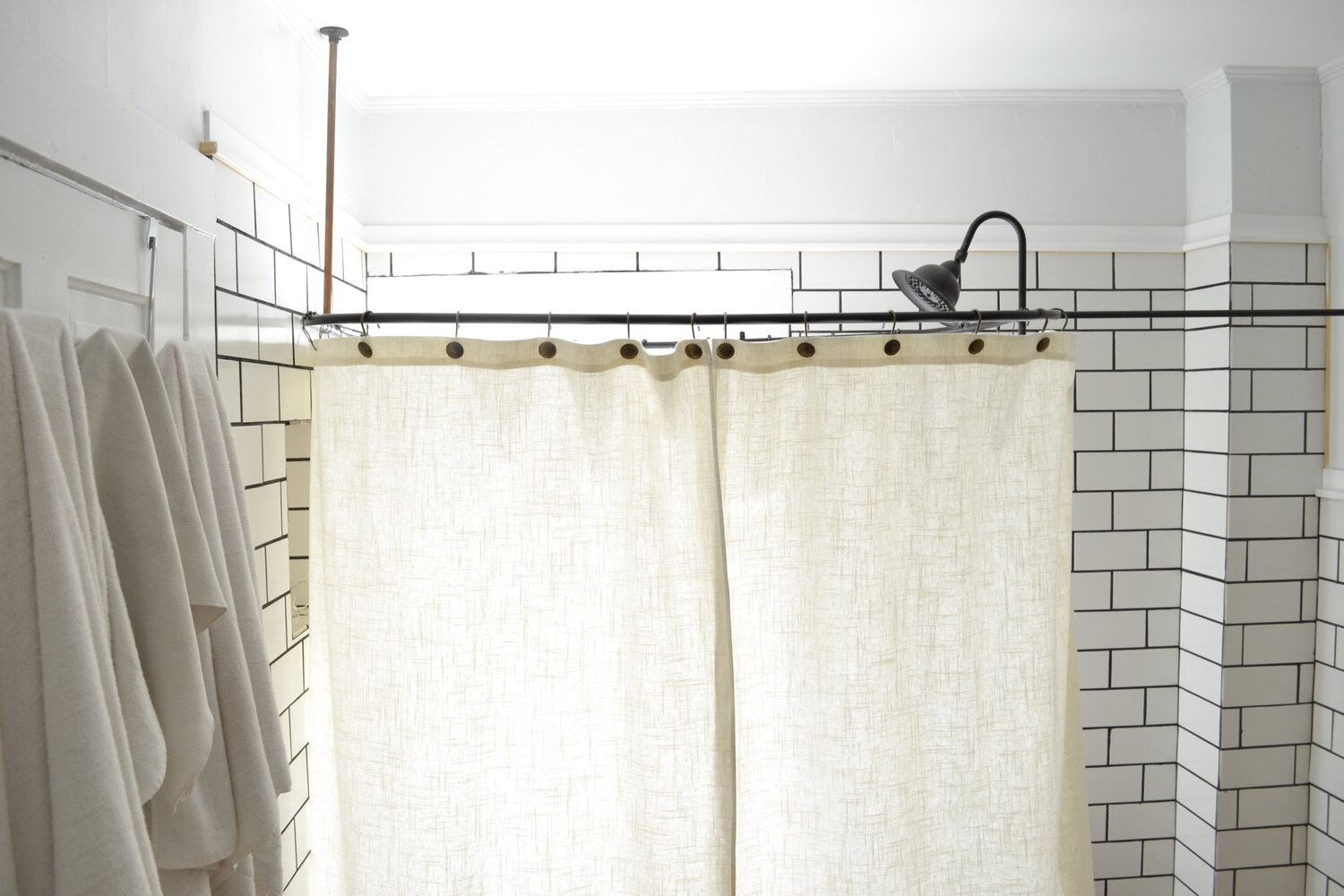

0 thoughts on “DIY Guide To Installing A Bathroom Shower Panel System”